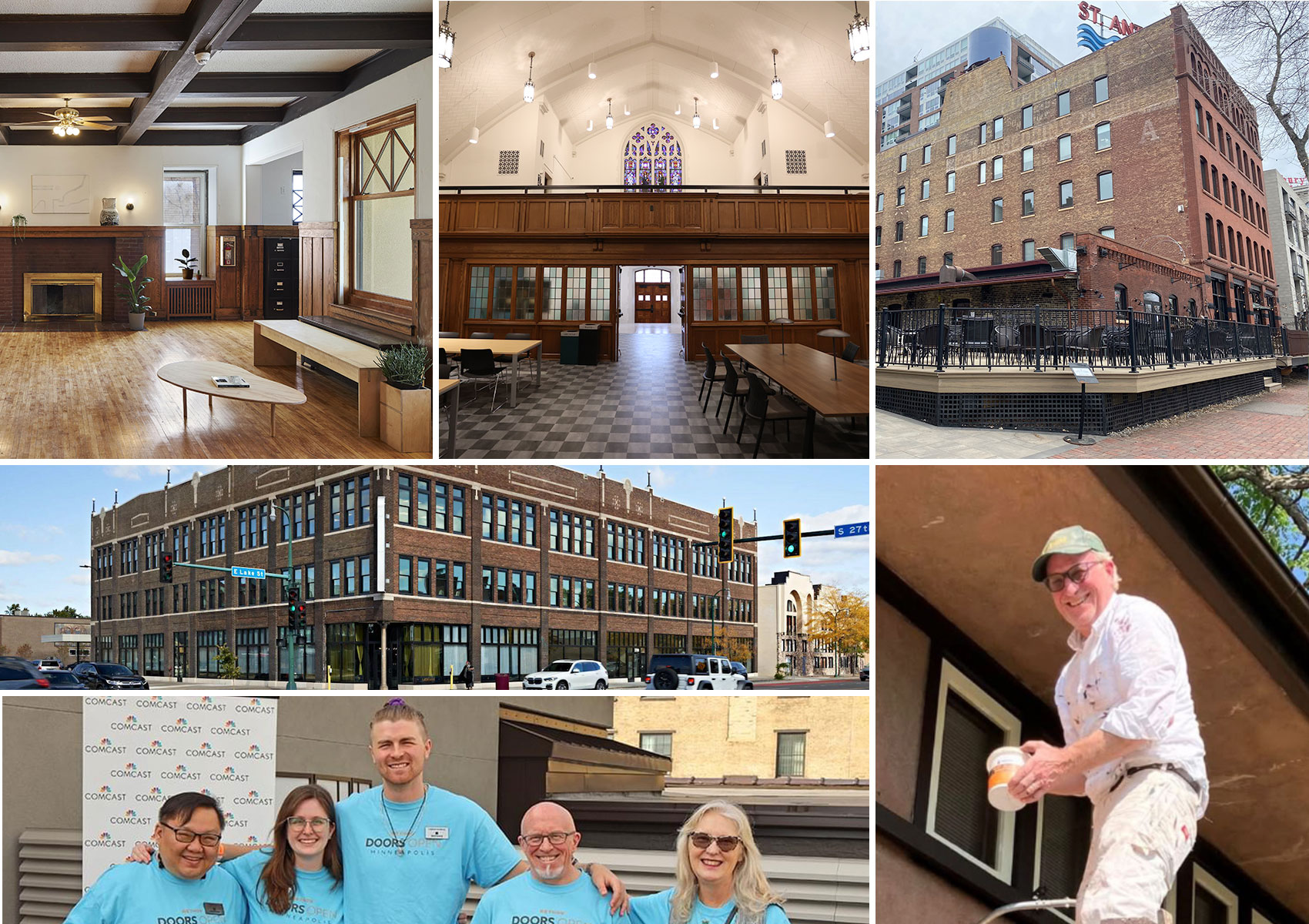The Climate Imperative
By Mary-Margaret Zindren, AIA Minnesota Executive Vice President
Reading the October 2018 report from the United Nations Intergovernmental Panel on Climate Change or the 1,656-page National Climate Assessment, issued the Friday after Thanksgiving, can make you feel as if the universe, in the form of the scientific community, is just piling on.
It’s not just California wildfires and more frequent and powerful East Coast hurricanes. Here in Minnesota, Mega Rains are happening more frequently, Lake Superior is warming, and species of Maple trees are creeping into the North woods where they’ve never been before. We are facing a near-term future where Minnesota’s clean air degrades, agricultural and fishing-based economies are upended, and stormwater systems are overwhelmed.
It’s tempting to turn away – to close the door, leave the baby crying inside, and walk away.
Neglecting these climate reports is indeed equivalent to neglecting our own children. It is, during these extreme times, also somehow understandable. Yes, I’ve had to put a screaming child in a crib and close the door for a while to gather my sanity. But the world is not going to exhaust itself and stop crying of its own accord – we need to recalibrate ourselves to our new, sustained reality and walk back through the door.
Humanity is capable of creating a resilient future. We already have the answers.
We already know that buildings consume about 40 percent of the energy in the U.S. each year. We know that buildings are responsible for almost 50 percent of the carbon dioxide in the atmosphere that is trapping solar energy and fueling climate change.
We also know how to design and operate buildings to be “net zero,” where the energy used by a building equals the amount of renewable energy it creates. Better than that, an increasing number of architects know how to design and operate buildings to be “regenerative” – to actually create more energy than is used, energy that is carbon-free.
The AIA recently adopted a new standard within its code of professional ethics. AIA architects are now required – required– to discuss the potential environmental and social impacts of their projects with their clients. (The great news: most Minnesota-based architects need no code-of-ethics update to meet this requirement—they’ve been passionately working toward sustainable and resilient design for years.) If you are an architect, banker, financier, construction manager, HVAC operator, building owner, or user of a building, you can hold yourself and others accountable; you can reject short-term, short-sighted thinking and push for choices that better serve both our present and our future.
What we expect from our buildings and the many decision-makers involved in creating and operating those buildings can have a tremendous impact on the pace and magnitude of climate change. Making better choices takes more than hope – it takes actively rejecting the lure of despair and recognizing the future we’re already capable of creating.
View the full December issue of Matrix.


